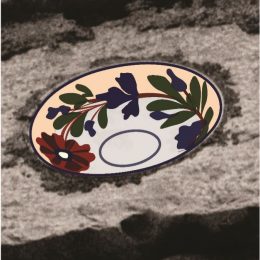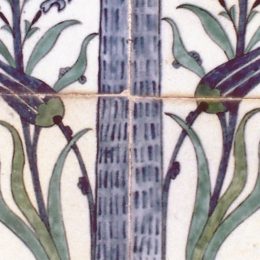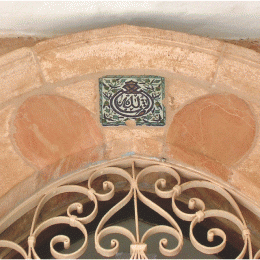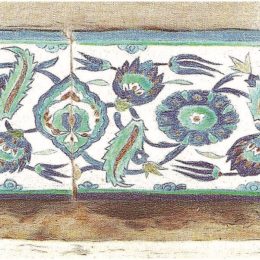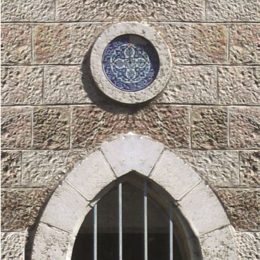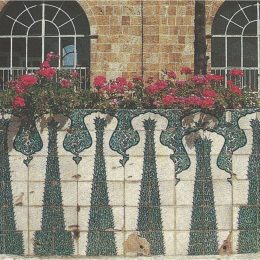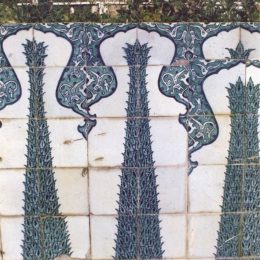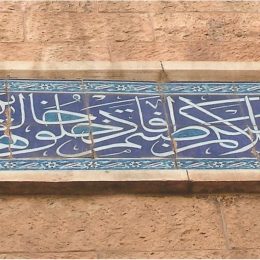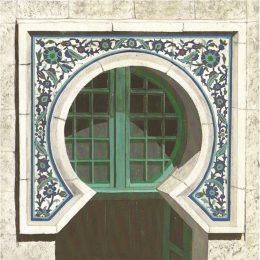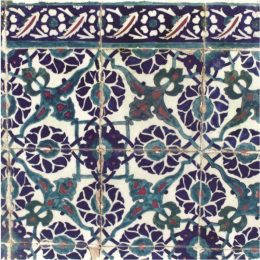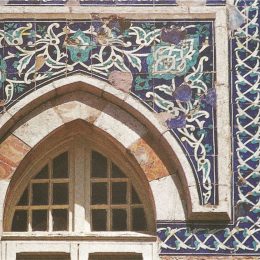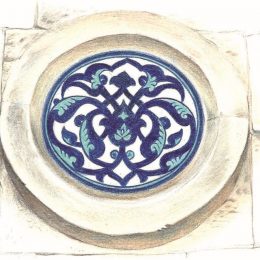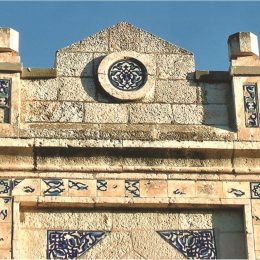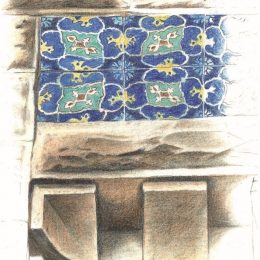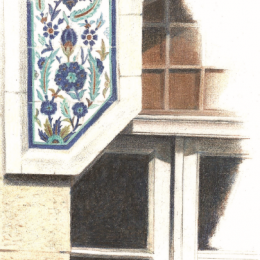Armenian Craftsmanship. The art of Armenian decorative glazed tiles was introduced to Jerusalem in 1919 when the post-World War I British Administration in Palestine, and the Pro-Jerusalem Society invited a number of Armenian artisans, originally from Turkey, to replace the damaged ceramic tiles on the Dome of the Rock. Although ultimately the original purpose was not reached, these artisans established workshops in Jerusalem, where glazed tiles and other pottery objects were designed and produced, as well as some street signs. In the 1920s and 1930s, some 15 Arab mansions and apartment buildings were decorated with specially commissioned tiles, made by David Ohanessian. The visual impact of these colorful tiles is due to the contrast obtained between their shimmering smoothness and the neutral colors and textures of the Jerusalem stone walls.
God is in the Details
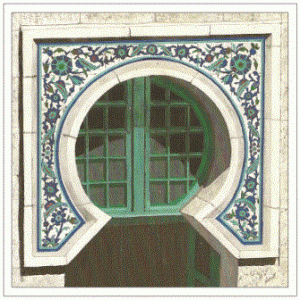
Items
